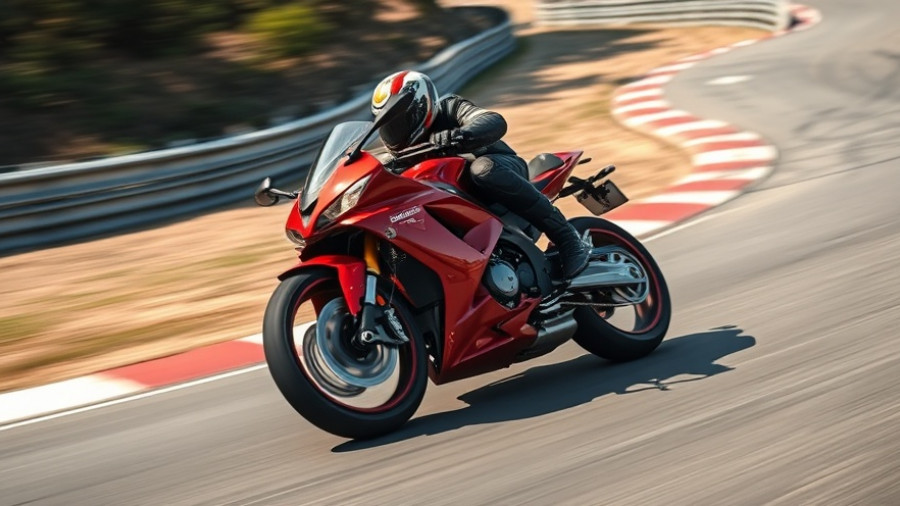
Revving Up the Compact Sedan Scene: The 2025 Kia K4 GT-Line Turbo
As the automotive landscape continues to evolve, Kia has made remarkable strides with the introduction of the all-new 2025 Kia K4 GT-Line Turbo. Replacing the outgoing Kia Forte, the K4 represents Kia's ambition to not only compete with established names like Honda and Toyota but also to carve out its unique identity in the compact sedan segment. With its bold looks and various competitive features, it’s poised to attract attention from discerning buyers.
Powering Through Expectations: Engine Performance
The K4 GT-Line Turbo brings a refreshing boost in performance, tailing it with a robust 190 horsepower and 195 lb-ft of torque, a significant upgrade from the base model's 147-horsepower engine. While the turbocharged 1.6-liter 4-cylinder feels capable on the road, it exhibits slight throttle response hesitation, a hiccup that could deter some performance enthusiasts. Still, this model really shines in its spirited drive, creating an engaging experience on the highway, without the overwhelming qualities of a sportscar.
Fuel Efficiency That Meets Lively Performance
Fuel efficiency remains commendable for the K4 GT-Line Turbo, managing to deliver an EPA-rated 29 mpg combined, which can stretch to 36 mpg on the highway. The 446-mile cruising range provides decent confidence for road trips. While this efficiency stands tall against competitors, heed the caution of maintaining speeds below posted limits if you wish to achieve these estimates, particularly on long stretches of interstate.
Interior Quality Meets Comfort: A Growing Trend
Inside the K4, Kia has clearly invested considerable effort into creating a more refined cabin. Premium soft-touch materials abound, thereby enhancing the quality feel that consumers desire. The top-tier GT-Line model comes stocked with features like heated and ventilated front seats, a wireless smartphone charger, and LED ambient lighting—all appealing for tech-savvy drivers looking to meld convenience with comfort. This commitment to consumer needs signifies Kia’s dedication to staying relevant in the fast-paced automobile industry.
Ride Quality: Comfort vs. Handling
One of the standout aspects of the K4 GT-Line Turbo is its ride quality, which is both comfortable and forgiving on the road. However, it tends to struggle when faced with demanding driving conditions, such as sharp turns or uneven road surfaces. The suspension can leave drivers feeling disconnected when pushing the limits, a factor that could be improved for a more thrilling ride.
The Challenge of Standing Out in the Industry
As the largest automobile manufacturers race to develop innovative and fuel-efficient models, it's essential to note Kia's growing reputation. In today's market, where consumers look beyond the surface of style into the substance, Kia's narrative is evolving. The K4 GT-Line Turbo embodies not only their performance ambition but also their commitment to delivering what customers crave—an ideal blend of comfort, aesthetics, and efficiency.
Conclusion: Is the K4 GT-Line Turbo Right for You?
Overall, the 2025 Kia K4 GT-Line Turbo positions itself extremely well in the compact sedan segment. Its stylish design, improved engine performance, and upscale interior align with consumer expectations while navigating the fierce competition. For anyone in the market for a new compact sedan, the K4 GT-Line Turbo certainly warrants a test drive. As the automotive industry evolves, it pays to remain informed about emerging trends and options available to you. Did the K4 catch your eye? Discover this sophisticated sedan today!
 Add Row
Add Row  Add
Add 




Write A Comment